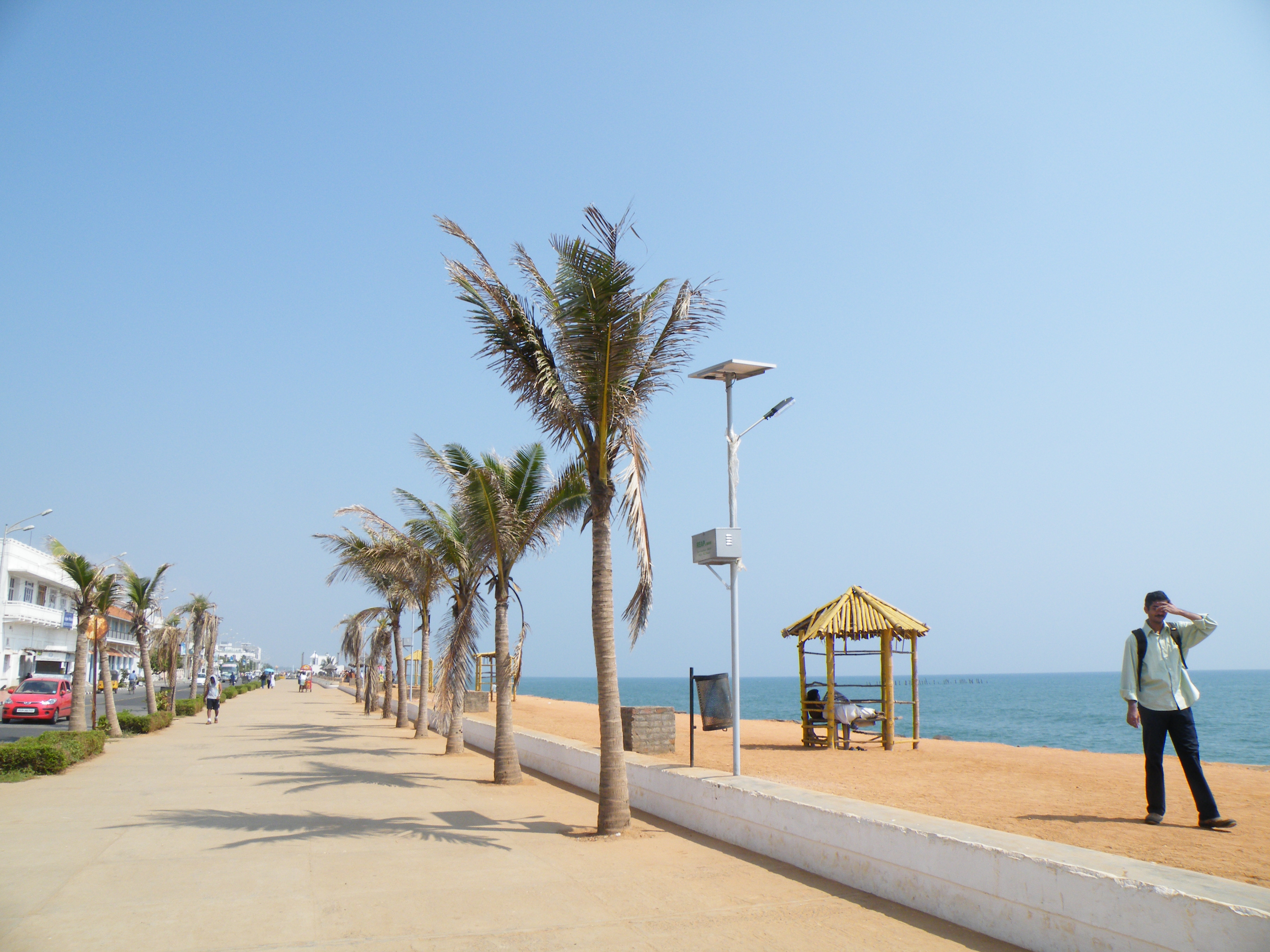1. Ambar Fort, Jaipur
Amber Fort, also known as Amber Palace, is said to have played a key role in the history of Medieval India. This fort depicts true royal lifestyle of the Rajputs, who are known for their decadent, radical and volatile behaviour. The Amber Palace is a perfect fusion of Hindu and Muslim architecture.

2. Hampi
Hampi is a village located in the north of Karnataka, amongst the ruins of the former capital of the Vijayanagara Empire, Vijayanagara. The town lies on the banks of the Tungabhadra River, 74 km away from Bellary. It is located atop a rugged terrain, 467 m above sea level. The place is a significant religious centre of the Vijayanagara Empire due to the presence of the historic Virupaksha Temple along with many other monuments of the old city. UNESCO has listed the Vittal Temple and other ruins of the town of Hampi as a World Heritage Site.

3. Goa
For 450 years Goa was a Portuguese colony until taken over by India in 1961. This heritage is still apparent in the architecture of its churches and old houses, and the culture of its towns, which is very distinct from the rest of India. In the Catholic world Goa is important as the place where St Francis Xavier is buried (in the Basilica de Bom Jesus at Old Goa). Apart from Christmas and New Year celebrations, the 3-day long Goa Carnival (February, Panaji) and the Feast of St Francis (3 Dec, Old Goa) are famous attractions.

4. Sanchi
Sanchi, located in Raisen District, is a small village, which is renowned for its Buddha stupas and monuments. It is located at the footsteps of a hill and recognised for several Buddhist monuments. The destination has numerous monasteries, stupas, pillars, holy shrines that are here from the 3rd century BC to the 12th century AD. The carvings on monuments reflect Buddhist myths and the culture of Sanchi at the time.

5. Pondicherry
The unique location of Pondicherry captured the attention of Portuguese, the Dutch, the Danes, the English and the French. Pondicherry came under the rule of the French in 1673 and since then it became the site for the battle between the British and the French. Pondicherry remained as the capital of French India for about 300 years, before it attained its independence in 1954.
6. Lepakshi
Lepakshi, a historical and archaeological village, is situated in Anantapur District of Andhra Pradesh. It is 15 km east of Hindupur. Ruled by Vijayanagar kings in the years of yore, there are several heritage sites and temples of the empire. Other than Vijayanagar rulers, the region was also ruled by Qutub Shahis, Mughals and the Nawabs of Cuddapah. Hyder Ali and Tipu Sultan also took over the territory, which was later occupied by the British.

7. Thanjavur
The place is one of the oldest cities in India and existed since the times of the Chola Kings. It was being ruled by Nayaks and Maratta kings who integrated the art and culture into the monuments like Grand Anaicut, The Big Temple, The Serfoji Mahal Library etc. The place has a mythological background attached to it making it a divine place. It is popularly known as Mother Cauvery which is clearly evident from ‘Kaviri-Thala-Puranam’.

8. Kolkata
For geeks or history lovers, must-visit sightseeing places in Kolkata are Birla Planetarium, Indian Museum, which houses a varied collection of unique fossils, Buddhist Gandhara art and an Egyptian mummy, Tagore House at Jorasanko and Science City. In Science City, travellers must see the time machine, space theatre and the space flight simulator.

9. Khajuraho
Khajuraho, located in the district of Chhatarpur in the state of Madhya Pradesh is an ancient city. The word Khajuraho is derived from the Sanskrit word ‘kharjur’ which means ‘date palms’. Today, Khajuraho is known all over the world for its temples, which belong to the medieval Hindu and Jain period.The temples were built by the Chandel monarchs who were originally called Bargujar Rajputs of Rajasthan. The Rajputs moved here when the northern part of India was attacked by the Mlechcha invaders. Khajuraho is known as the cultural capital of the Chandel Rajputs who ruled over this part of India for almost two centuries from 10 AD to 12 AD.

10. Jodhpur
This city is often referred to as the ‘Gateway to Thar’ because it is located right on the border of the Thar Desert. It is also popularly called the ‘Sun City’ because it experiences bright and sunny days throughout the year. Another name for this city is ‘Blue City’ because the houses around the Mehrangarh Fort are all painted blue.
The views above are collated from opinions expressed by travellers on www.holidayiq.com

